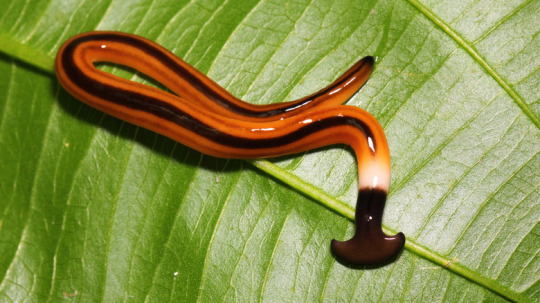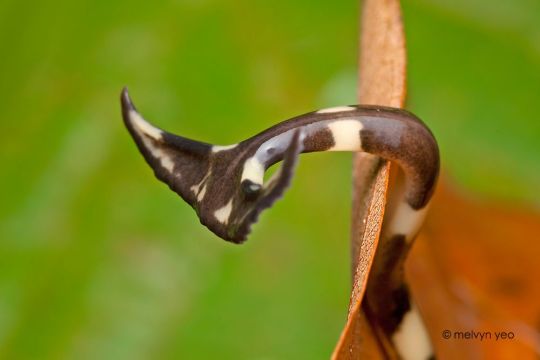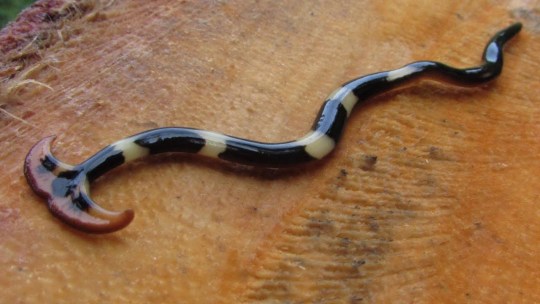Note
ik you're primarily a bee blog but do you have any fun facts about mosquitos? i hate them so much and your post about wasp haters got me thinking about it
Some of them are rainbow and have little leg warmers like: Sabethes cyaneus. They use their legs in one of the only examples of courtship display in mozzies.
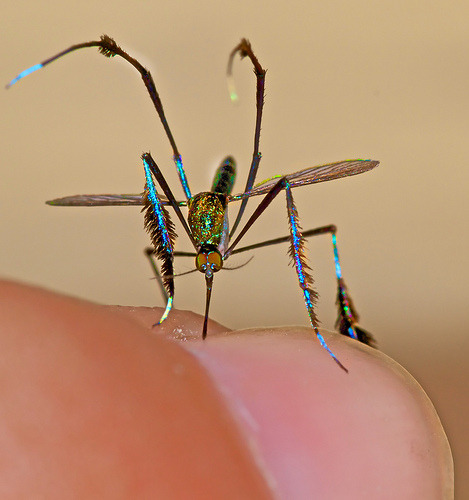
2K notes
·
View notes
Text
Researchers have just uncovered a whole new part of the brain
Researchers have just uncovered a whole new part of the brain.
A new study has discovered a previously unknown structure that surrounds the brain.
Thoughts health innovators?
A new study has discovered a previously unknown structure that surrounds the brain.
A newfound anatomical structure has been discovered in the brain, which appears to play an essential role in the brain’s waste disposal and immune systems, acting as a protective barrier and harboring immune cells that watch for toxic proteins.
Playing a multi-faceted role in the brain’s immunity, the team…

View On WordPress
125 notes
·
View notes
Text
The last song | La última canción | A última canção
youtube
English
Moho braccatus, known as ʻōʻō de Kaua was an endemic bird to the island of Kauaʻi officially extinct in the 20th century. Its extinction was a combination of several factors, such as mosquito-transmitted disease, introduction of mammalian predators such as the small Indian mongoose or Polynesian rat, and the destruction of its habitat, making the species more vulnerable to catastrophic weather events.
A male was last heard in 1987, the audio from this video. The images are from 1985, when he was last seen.
The silences between songs are meant for the female to fill with her singing, since during the mating season they form a duet.
Dr. Christopher W. Clark : The last male of a species, singing for a female who will never come. And now his voice is gone.
Not only is the species extinct, but the whole genus was swiped away within the last male.
/
Español
Moho braccatus fue un pájaro endémico de la isla Hawwaiana Kaua’i, extinguido oficialmente en el siglo 20. Su extinción fue una combinación de varios factores, como las enfermedades transmitidas por mosquitos, introducción de mamíferos depredadores como la rata de la Polinesia y el meloncillo chico, y la destrucción de su hábitat, acentuando la debilidad de la especie a catástrofes naturales.
El último macho fue escuchado por última vez en 1987, es el audio de este vídeo. Las imágenes son de 1985, cuando fue visto por última vez.
Los silencios entre cada canto están destinados a que la hembra cante su parte, ya que forman un dueto durante el cortejo.
Dr. Christopher W. Clark dijo: El último macho de la especie canta por una hembra que nunca llegará. Y ahora su voz ha desaparecido.
No sólo ha supuesto la extinción de la especie, sino que todo el género desapareció junto con este macho.
/
Português
Moho braccatus era uma ave endêmica da ilha havaiana de Kaua'i, oficialmente extinta no século 20. Sua extinção foi uma combinação de vários fatores, incluindo doenças transmitidas por mosquitos, introdução de mamíferos predadores como o rato polinésio e a mangusto, e a destruição de seu habitat, acentuando a fragilidade da espécie às catástrofes naturais.
O último macho foi ouvido pela última vez em 1987, é o áudio deste vídeo. As imagens são de 1985, quando ele foi visto pela última vez.
Os silêncios entre cada cantoria servem para que a fêmea cante sua parte, pois formam um dueto durante o ritual de acasalamento.
Dr. Christopher W. Clark disse: O último macho da espécie canta para uma fêmea que nunca virá. E agora sua voz desapareceu.
Não só levou à extinção da espécie, mas todo o gênero desapareceu junto com este macho.
|
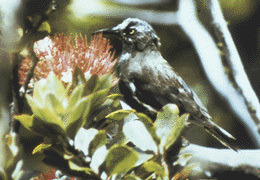
50 notes
·
View notes
Text
The last song | La última canción | A última canção
youtube
English
Moho braccatus, known as ʻōʻō de Kaua was an endemic bird to the island of Kauaʻi officially extinct in the 20th century. Its extinction was a combination of several factors, such as mosquito-transmitted disease, introduction of mammalian predators such as the small Indian mongoose or Polynesian rat, and the destruction of its habitat, making the species more vulnerable to catastrophic weather events.
A male was last heard in 1987, the audio from this video. The images are from 1985, when he was last seen.
The silences between songs are meant for the female to fill with her singing, since during the mating season they form a duet.
Dr. Christopher W. Clark : The last male of a species, singing for a female who will never come. And now his voice is gone.
Not only is the species extinct, but the whole genus was swiped away within the last male.
/
Español
Moho braccatus fue un pájaro endémico de la isla Hawwaiana Kaua’i, extinguido oficialmente en el siglo 20. Su extinción fue una combinación de varios factores, como las enfermedades transmitidas por mosquitos, introducción de mamíferos depredadores como la rata de la Polinesia y el meloncillo chico, y la destrucción de su hábitat, acentuando la debilidad de la especie a catástrofes naturales.
El último macho fue escuchado por última vez en 1987, es el audio de este vídeo. Las imágenes son de 1985, cuando fue visto por última vez.
Los silencios entre cada canto están destinados a que la hembra cante su parte, ya que forman un dueto durante el cortejo.
Dr. Christopher W. Clark dijo: El último macho de la especie canta por una hembra que nunca llegará. Y ahora su voz ha desaparecido.
No sólo ha supuesto la extinción de la especie, sino que todo el género desapareció junto con este macho.
/
Português
Moho braccatus era uma ave endêmica da ilha havaiana de Kaua'i, oficialmente extinta no século 20. Sua extinção foi uma combinação de vários fatores, incluindo doenças transmitidas por mosquitos, introdução de mamíferos predadores como o rato polinésio e a mangusto, e a destruição de seu habitat, acentuando a fragilidade da espécie às catástrofes naturais.
O último macho foi ouvido pela última vez em 1987, é o áudio deste vídeo. As imagens são de 1985, quando ele foi visto pela última vez.
Os silêncios entre cada cantoria servem para que a fêmea cante sua parte, pois formam um dueto durante o ritual de acasalamento.
Dr. Christopher W. Clark disse: O último macho da espécie canta para uma fêmea que nunca virá. E agora sua voz desapareceu.
Não só levou à extinção da espécie, mas todo o gênero desapareceu junto com este macho.
|

50 notes
·
View notes
Text
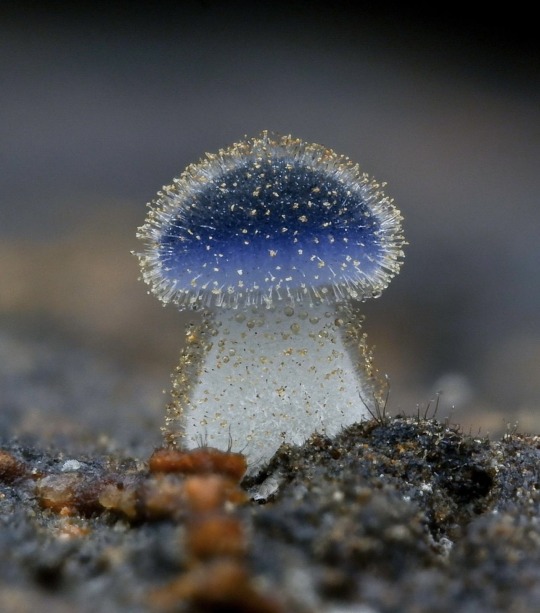

近藍蓋小菇 Mycena Subcyanocephala fungi translates to the "blue-head" and measures at only a single millimeter.
37K notes
·
View notes
Text

Piraputanga jumps out of water to pick fruit off a overhanging tree in the jungle rivers of Brazil
30K notes
·
View notes
Text
the pteraeolidia ianthina, or the blue dragon, is so stunning 💙




944 notes
·
View notes
Text
TITS BACK ON TUMBLR???
DON’T MIND IF I DO!!!
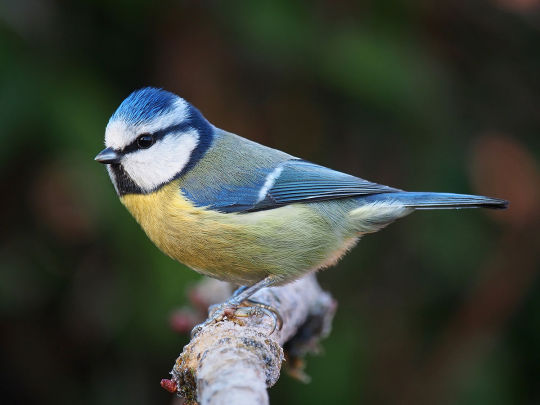
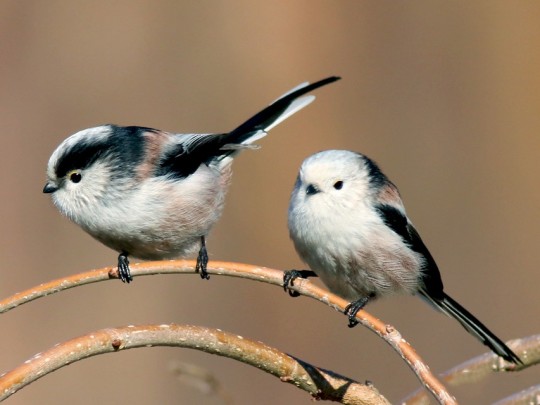
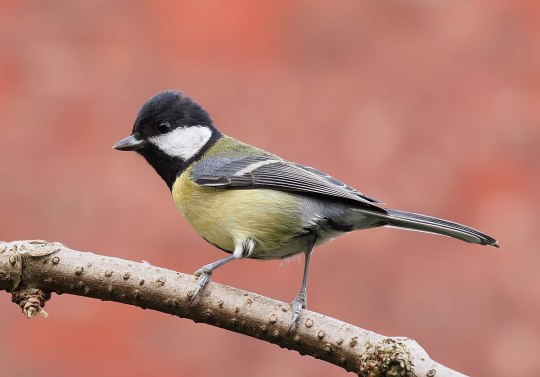
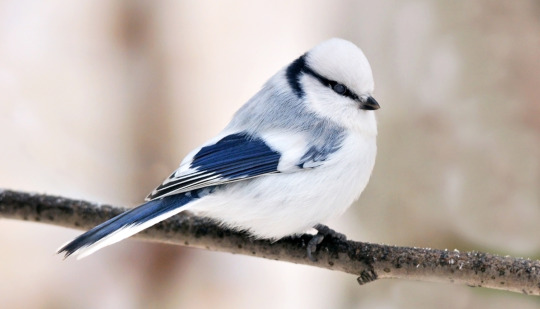
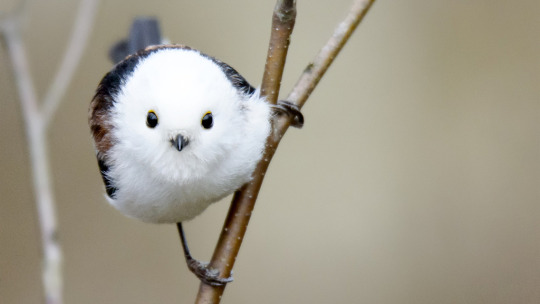
#POST TITS
62K notes
·
View notes
Note
favorite cnidarian? theyre ma favorite phylum so id love to hear your favorite. or whichever you feel like talking about. also, sorry for reblogging a ton from you. big fan of the random marine facts.
Aaaaaa this is so hard. The phylum Cnidarian includes organisms like jellyfish, anemones, hydras, corals, and hydrozoa.
My favorite class is definitely Scyphozoa which is the free swimming true jellyfish. What interests me most about jellyfish is their nematocysts (stinging cells), so if I had to pick, I suppose I would pick the most deadly one- the Box Jellyfish.
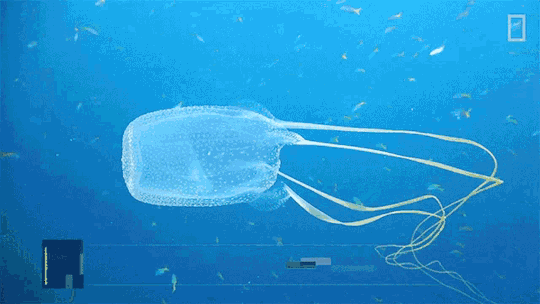
Cubazoa or Box Jellyfish are (as the gif says) the most venomous marine animal (that we know of). Like other jellyfish, they deliver their potent venom via nematocysts. Nematocysts are touch sensitive, when an organism brushes agains the tentacles, a stored thread with a barbed bob are released. These latch onto the organism and release toxin.

What makes the Box Jellyfish venom so deadly is that it contains toxins that attack the heart, nervous system, as well as skin. It's so potent that people have been known to suffer heart failure or go into shock and drown before they reach the shore.
Thanks for the ask!
#biology#zoology#animals#marine biology#jellyfish#in honor to that jellyfish that stung me one month ago and I still have the mark
471 notes
·
View notes
Photo
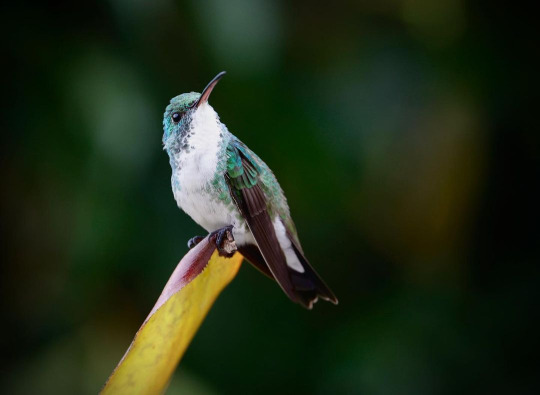
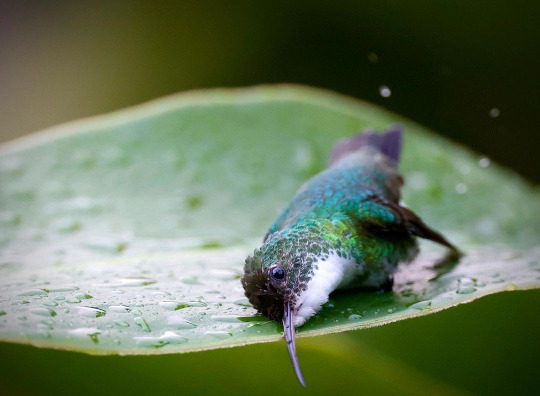
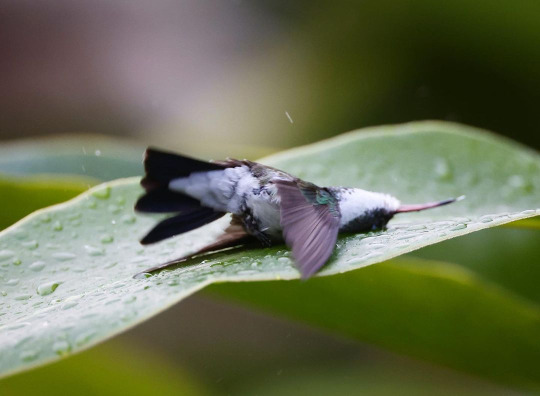



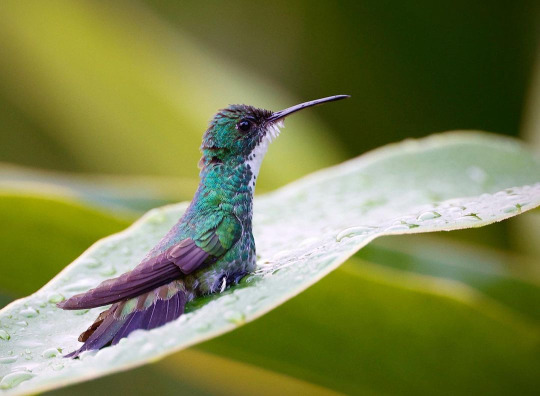
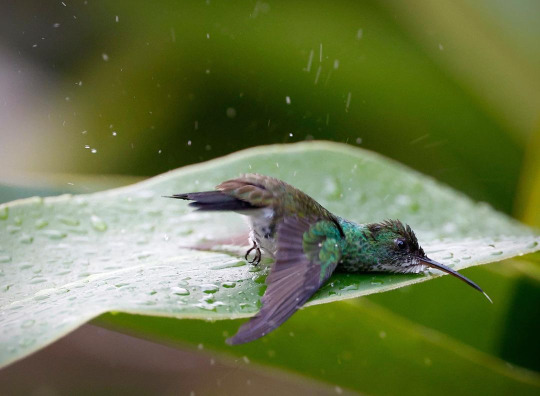
Morning bath of the Plain-bellied emerald. São Paulo, Brazil.
41K notes
·
View notes
Photo
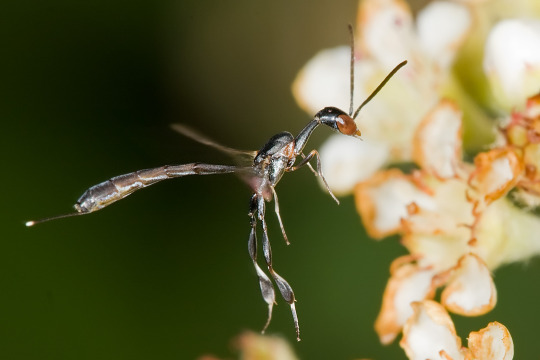

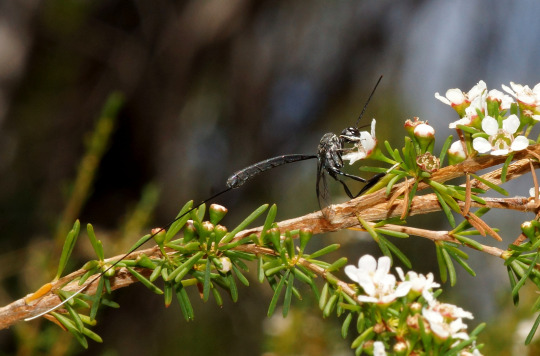

Check out that Carrot Wasp (Gasteruptiidae) in flight! It looks like a humanoid, alien ant-man zooming around on a badly designed jet pack!
These wasps have ridiculously long, thick hind legs with what look like excessively powerful calves. They’re called Carrot Wasps because adults like to drink nectar from flowers of plants that belong to the carrot family.
Grubs are different. Mother Carrot Wasps don’t look after their young at all. Many other bees and wasps build little nests for their grubs and provision them with all the food they need to grow up.
Carrot Wasps simply lay their eggs in these nests. The grub hatches, takes over the place, eats all the food and might even eat the intended occupant!
“Carrot Wasp” doesn’t really capture it.
…Images: fir0002/Wildlife in a Dorset garden/ron_n_beths pics/zosterops
2K notes
·
View notes
Note
any facts about predators that commonly hunt animals larger than themselves?
the larvae of Epomis beetles might not look like much- they’re a pretty standard blobby gross grub-thing, though perhaps with slightly scarier jaws than other beetle grubs.

but these bug babies have a big mean secret- they’re actually hypercarnivorous predators that feed on frogs, and pretty much only frogs!
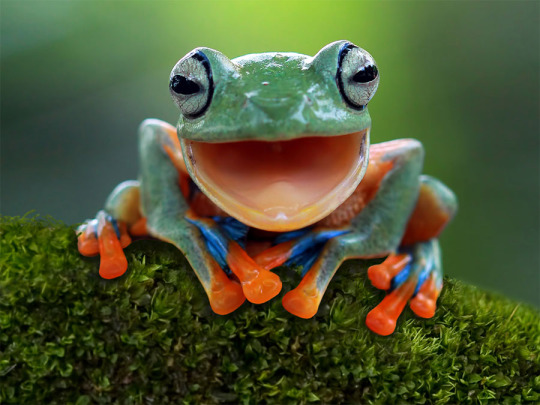
“hold up, WHAT”
so how does an animal that’s usually prey turn the tables on the predator like this? well, when an Epomis grub happens upon a hapless amphibian, they just count on their natural buggy wiggleness to trick the frog into attacking! but once the frog actually makes physical contact with the grub and attempts to shove it into its mouth, the grub pulls a sudden somersault that flips them out of the frog’s mouth and either onto its throat or back!

and then they rip the frog apart with those terrible jaws and eat it over the course of several days.
<picture omitted due to yikes>
hell of a way to go, that’s for sure!
1K notes
·
View notes
Text
Dear scientists,
Please, for the love of God, please, make your papers more understandable.
Fuck you
Sincerely,
A college student on the verge of tears
27K notes
·
View notes
Text
Animal of the Day!
Lanternfish (Bolinichthys indicus)
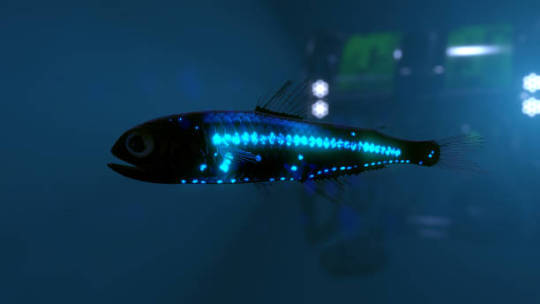
(Photo from Getty)
Conservation Status- Least Concern
Habitat- All Oceans
Size (Weight/Length)- 15 cm
Diet- Plankton
Cool Facts- Despite their tiny size, lanternfish are believed to be the most numerous species of vertebrate on the planet. Scales along their backs glow blue or yellow when they are frightened. This sudden burst of light in the pitch black ocean is meant to confuse predators long enough so that the fish can escape. Every day, lanternfish make the trip from the bottom of the ocean to the top, following plankton blooms. Once the sun begins the rise, the fish descend once again to avoid daytime predators such as whales and dolphins.
Rating- 10/10 (Glowstick: The Fish.)
Animtober- Pressure (Survives 8 tons per square inch of pressure.)
1K notes
·
View notes
Note
are there animals that use cosmetics? ya know, not for stuff like protection, but actually for the ✨looks✨
bearded vultures deliberately dustbathe in the reddest dirt they can find to give themselves a bloody appearance that others of their kind find attractive!


this is also the most on-brand animal fact I think I've ever written about, BOY HOWDY.
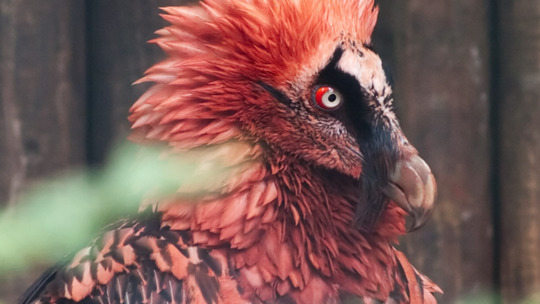
*DEATH METAL SCREAM*
6K notes
·
View notes


